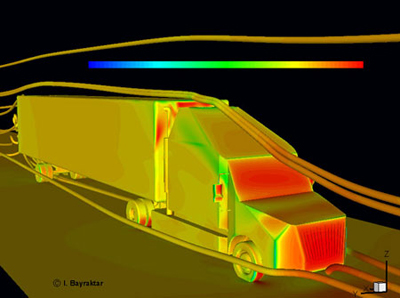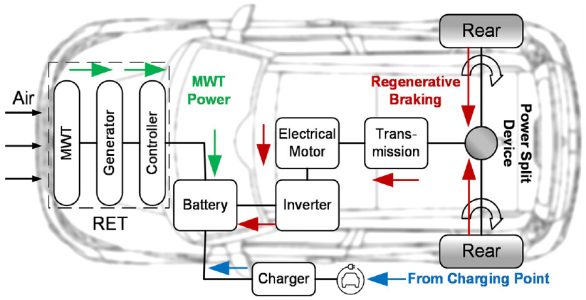Thank you. Your visuals clearly show what I’ve been thinking. Knowing we seem to want the Scout to have a brick like shape falls into your explanation above. Really appreciate the point of view and it clearly shows/depicts the two different point of views that I do think people were considering. Glad to see @Harris005 jad an idea with some merit since we have a vertical plane with wasted space behind to put a small turbine of sorts. Essentially replacing the traditional radiator with an energy collector/turbine of some kind.
If by “positive gain” you mean could a vehicle with a properly sized/positioned turbine within the “red area” like that of the picture above recover some of the energy that would otherwise be lost to air resistance (i.e. improve the efficiency of the vehicle)... then yes. Whether it makes sense to do so however would depend greatly on what could otherwise be achieved by just making the vehicle more aerodynamic instead, as a turbine would add weight and could only recover some of the energy lost to poor aero. You’re not dumb nor missing anything, other posters are simply conflating two very different concepts covered by the videos below.
Massively adding drag (i.e. ”red area”) to a system, that it wouldn’t otherwise have, and then trying to recover some of the energy lost due to this newly added drag; all while recovering none of the energy lost to the drag of the original system:
VS
Recovering some of the energy that would otherwise be lost to drag inherent to the original system whilst adding as little new drag as possible:
To quote a viewer...
View attachment 2411
Thanks again for the visuals


